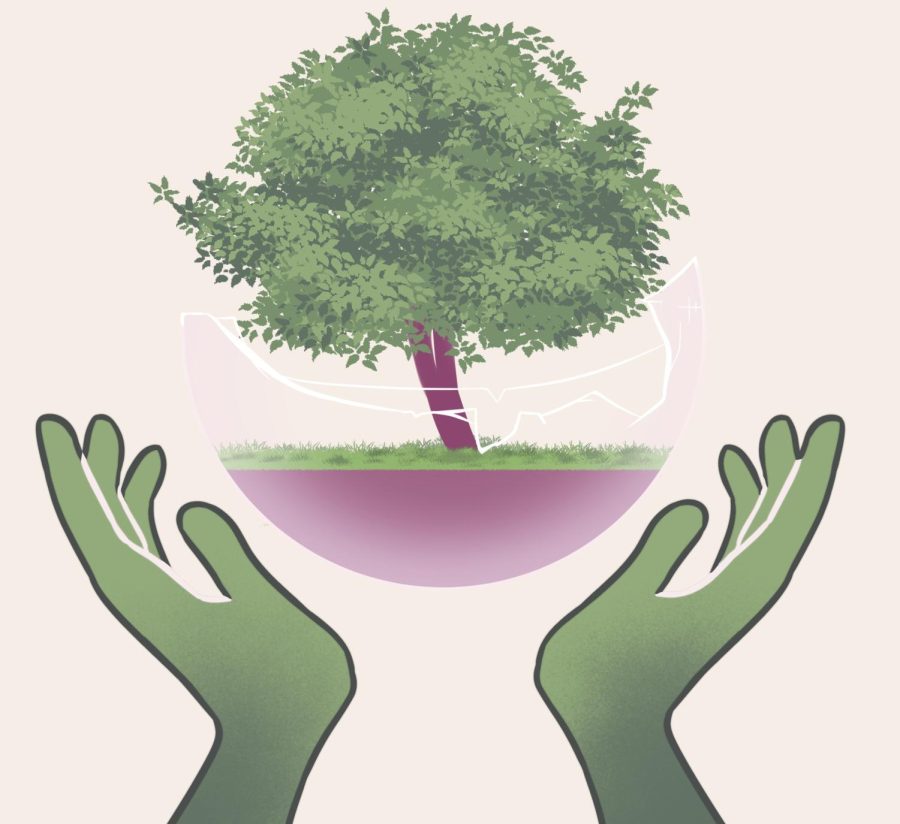UT report showing that sustainable jobs have a growing place in the workforce affirms value of on-campus environmental activism
September 21, 2022
A UT report analyzing the connection between career growth and environmentally focused workplaces found that jobs that promote sustainable practices are growing faster than the rest of the workforce in Austin and nationally.
The report was published by UT faculty and students involved in the community and regional planning program in August. The School of Architecture estimates the number of green jobs available in the Austin area grew from 3.3% to 4.8% from 2010-19. That number is expected to increase exponentially from now to 2028.
According to the report, Austin is one of the leading cities in the nation for environmentalism. UT is matching the city’s steps toward sustainability with policies of its own, such as having sustainability plans for each school by 2025 and being carbon neutral by 2033.
“It’s nice to be reminded that there are spaces where you can be making real, actionable change,” said Claire Alston, a sustainable design graduate student.
In 2002, UT established the Campus Environmental Center, which pledged to connect students, staff and faculty in a collaborative process toward making the University sustainable. In 2020, the University received a gold rating from the Sustainability Tracking, Assessment & Rating System for its efficient energy use, reduction of landfill-bound trash and overall involvement in becoming a greener institution.
Alston is a co-director for the CEC along with government and sustainability studies senior Parker Lynas. As co-directors, they said they participate and help lead CEC environmental initiatives with program coordinator Jessi Drummond. Current CEC projects include the UT Microfarm, an organic farm that provides food for UT, and Trash2Treasure, a program that turns landfill-bound clothing and school supplies into items that students can buy for $1. All initiatives are student-run and provide hands-on experience toward becoming sustainable.
“A lot of the information that we are provided is of these inevitable deadlines or information at the far (climate) scale,” Lynas said. “It’s nice to be able to work on something and think that necessarily, (environmental) predictions are not set in stone, especially when there is this community of people working on things.”
The co-directors said the organization hopes to increase campus participation from students from diverse backgrounds and majors in sustainable events. To promote this, the organization helped develop a speaker series where professionals talk about the connections between their careers and environmentalism.
According to the report, women and people of color experience underrepresentation in environmental justice initiatives. The CEC established the Environmental Justice Collective to shed light on the intersection between environmental justice and social justice, promoting more inclusionary practices in sustainability.
“It’s also important to highlight these … historically suppressed voices,” said Julianne Bantayan, environmental science and sustainability studies junior and project co-lead for the EJC. “Because the environmental justice movement is very based in the grassroots, and we can’t do that without forming a community.”












